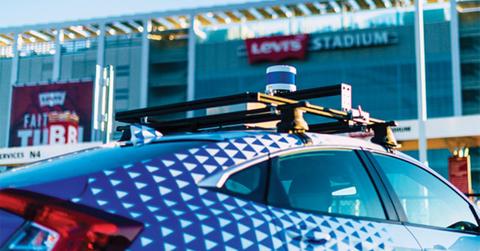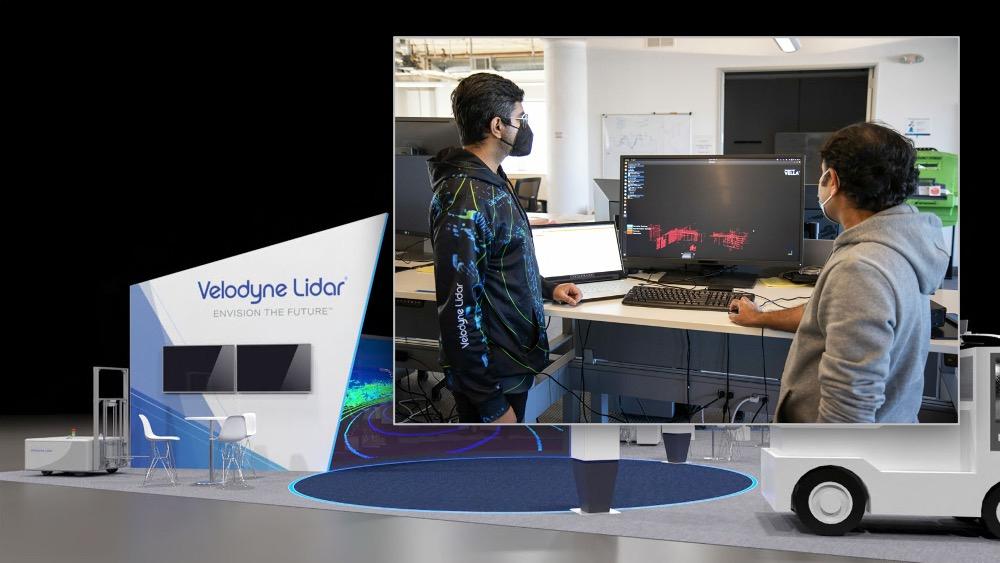Lidar Versus Radar: Musk-Bezos Rivalry Is at Play in Autonomous Cars
There are different technologies for autonomous cars and lidar and radar are among the most popular. What's the difference between lidar and radar technology?
Feb. 10 2022, Published 8:57 a.m. ET
Autonomous driving is among the most interesting opportunities for the next decade. Apart from legacy automakers, the space is also drawing interest from big tech companies like Apple, Amazon, and Alphabet. There are different technologies for autonomous cars and lidar and radar are among the most popular.
For Tesla, autonomous driving is a key driver. In January, the company increased the subscription for its FSD (full-self driving) by $2,000 to $12,000. Musk’s approach to autonomous driving is different compared to other companies. The rivalry between Musk and Jeff Bezos isn't a secret and the two billionaires have often taken differing approaches towards emerging technologies.
What's the difference between lidar and radar technology?
First, let’s understand the difference between lidar and radar technology. The lidar instrument emits laser signals that bounce back from obstacles. This helps the sensors calculate the difference between the car and the obstacle. A lot of companies working on autonomous cars use lidar technology.
In radar technology, the car uses radio waves instead of a laser. The benefit here is that radio waves can work over a fairly long distance, which is why they're used in military aircraft.
Why did Luminar lidar stock increase?
In January, Mercedes Benz entered into a deal with Luminar to use its lidar technology in its next-generation vehicles. The luxury automaker would acquire up to 1.5 million shares in Luminar as part of the agreement. As expected, Luminar lidar stock soared after the news.
Wall Street analysts are also bullish on Luminar stock and it has seven "buys" and four "hold" ratings. Its median target price of $24 is a premium of 47.5 percent. The company went public through a SPAC reverse merger in December 2020. While most of the de-SPACs are trading below the SPAC IPO price, Luminar stock is above the threshold.
Amazon bought warrants of Velodyne Lidar.
Velodyne Lidar went public in 2020 through a SPAC reverse merger. While the stock was trading comfortably above the SPAC IPO price in the first half of 2021, it has since traded below $10.
According to Forbes, Velodyne Lidar issued warrants to an Amazon subsidiary to buy almost 39.6 million shares. The warrants have an exercise price of $4.18 and can be exercised any time before February 4, 2030.
Tesla’s CEO Elon Musk isn't a fan of lidar technology.
Tesla CEO Elon Musk isn't a fan of lidar technology. Previously, the company used radar technology in its cars. Since 2021, Tesla has stopped using that as well. Now, the company only relies on sensor cameras for autonomous driving.
While Tesla doesn't see much value in lidar technology, Bezos’ Amazon has differing views, which is obvious by its subscription to Velodyne warrants. Tesla and Amazon have different opinions on hydrogen fuel cells as well.
Musk has been a vocal critic of hydrogen fuel cell technology and has mocked it on more than one occasion. Meanwhile, Bezos and Bill Gates support ZeroAvia, which is a start-up company working on hydrogen-powered planes.
While Bezos was the world’s richest person for a number of years, Musk gained the top spot on the global billionaire index in 2021. Amazon stock has sagged over the last year and Tesla shares have risen sharply.



